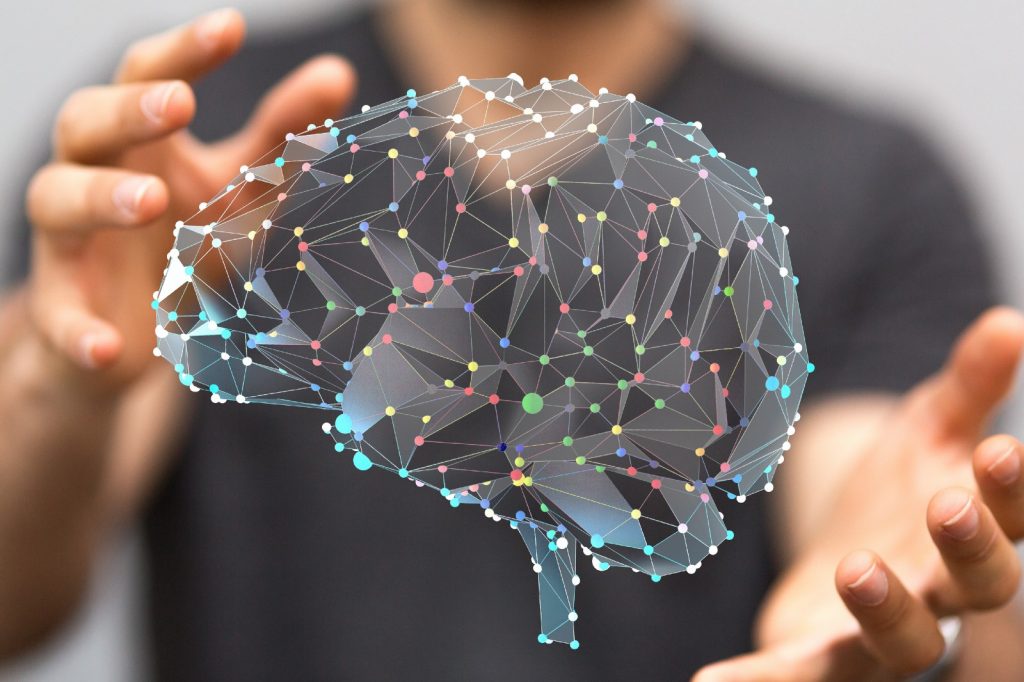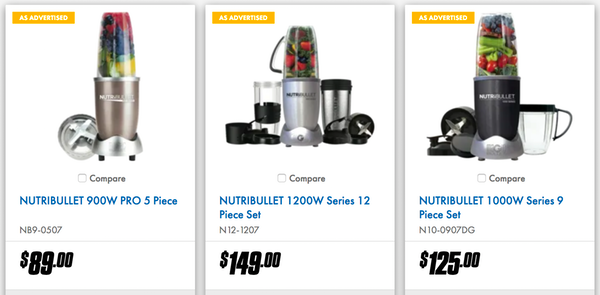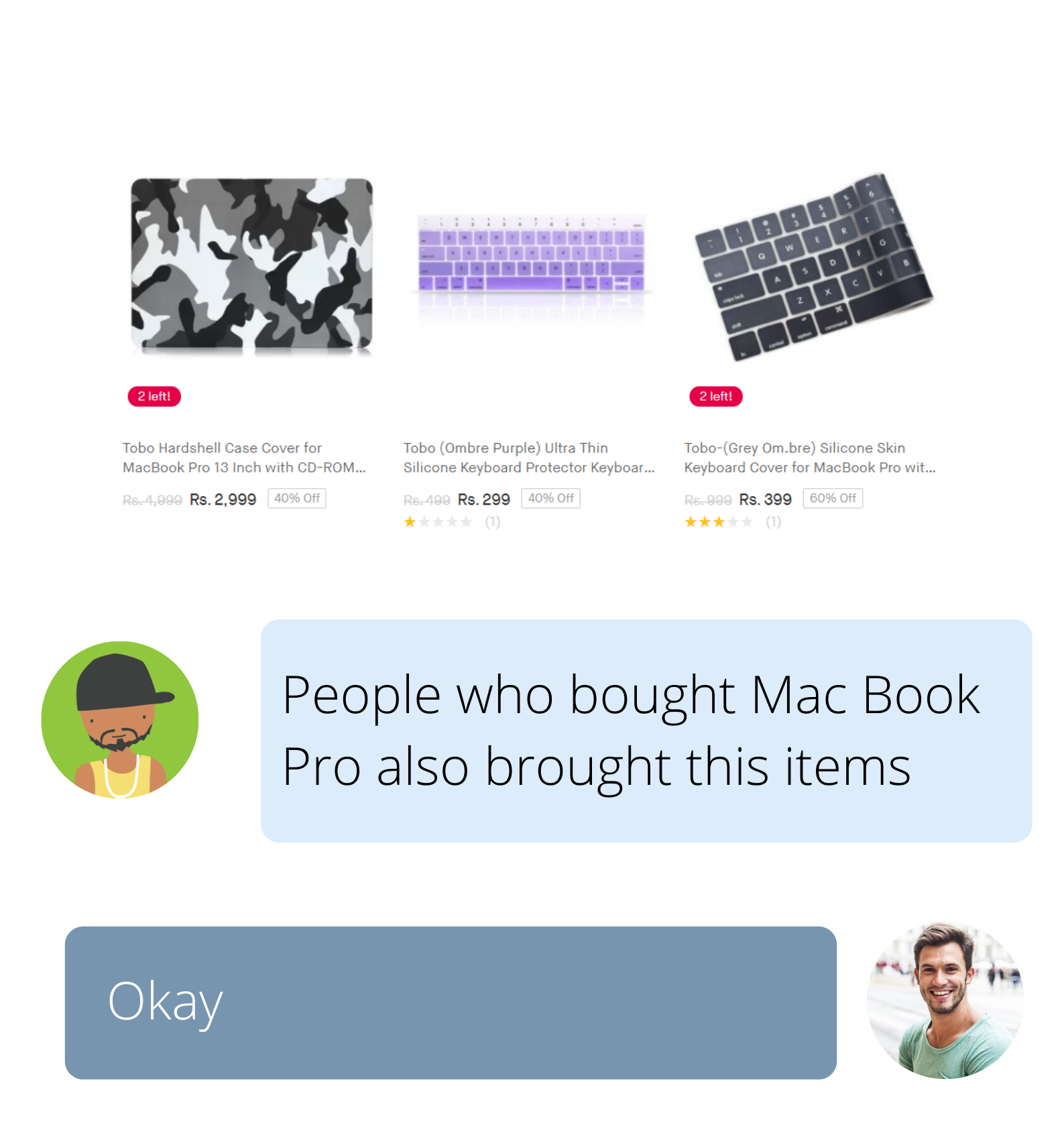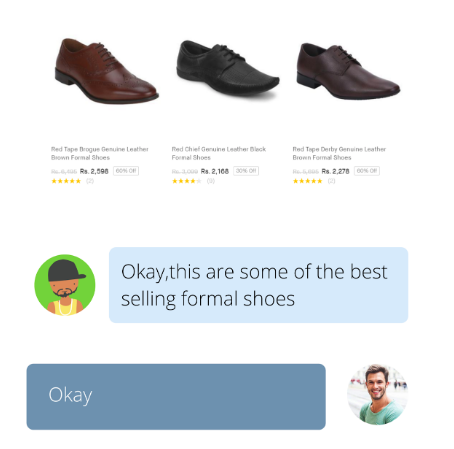In the digital world, chatbots became one of the most powerful tools for business. Almost every industry can benefit from AI assistant. Smart chatbot are important to improve customer experience and are deployed across various business functions to improve performance. You can find chatbots use cases and examples across all industries and business functions such as customer service, sales, marketing or even for internal process automation.
Smart chatbots have been a dynamic technology that’s growing by leaps and bounds over the years. Since smart chatbots are a manmade entity and rely on artificial intelligence, we can customize them to suit our needs, for our benefit. So they are beneficial to us in every way we need.
There are smart chatbot that can be used in hospitality, healthcare, e-commerce, media, automobiles, banking and many more. How we can make the smart chatbot that can generate more leads is the question.

Let’s discuss some of the psychological triggers:
1)Commitment and consistency:
Psychologist Robert Cialdini is famous for the six principles of influence that he first outlined in his best-selling 1984 book Influence. The Psychology of Persuasion. Describes the way in which people want their beliefs and behaviors to be consistent with their values and self-image. Firstly, we tend to view consistency as an attractive social trait. Secondly, the Commitment and Consistency principle is a mental shortcut we use to simplify our decision-making.
The consequence of this cognitive bias is that we act in ways that are consistent with our initial action or thought so that when we commit to something or someone, we stick to it. We also try to behave in ways that are consistent with the image we have portrayed to others, and with the public image, they have of us.
commitment is what activates the need to be consistent once you take a stand to go on record with an option. We can exploit future need to remain consistent with their earlier commitments.
Ex- In your chatbot conversation if the bot asks the user “what’s the most important thing that will make to buy our product today”?
If the user replies with – “If you provide me a free trial of your product”.
Then bot can pitch saying “Actually we are running a free trial for 14 days are you interested”
It’s more likely that users will say yes rather than if we just mention we are providing 14 days free trial service.

2) Limit the Availability:
“People want more of those things they can have less of”
The Psychology of Persuasion: One of the key principles he identified is known as scarcity or limiting the availability of something. Cialdini suggests that things become more attractive when they are scarce or limited.
when it comes to effectively persuading others using the Scarcity Principle, the science is clear. It’s not enough simply to tell people about the benefits they’ll gain if they choose your products and services. You’ll also need to point out what is unique about your proposition and what they stand to lose if they fail to consider your proposal.
So people are more likely to buy something if they learn that it is the last one or that the sale will be ending soon.
Ex- In your chatbot conversation it’s necessary to display products in such a way that it’s very high in demand and you have a shortage of that product – you can say “we have a limited number of products grab it before it ends” people might actually buy.

3) Decoy effect:
When a customer is hesitating between two options. Presenting them with a third “asymmetrically dominated” option that acts as a decoy will strongly influence which decision they make. An option can be defined as asymmetrically dominated. When it is completely dominated by one option and only partially dominated by the other. The asymmetrically dominated option is a decoy serving to increase preference for the dominating option. The one we really want the consumer to choose. For example, people are more likely to choose an elegant pen over $6 in cash if there is a third option in the form of a less elegant pen.
Ex- In our chatbot conversation we can use this decoy effect to display the price of various products.

Suppose you want to buy a blender and you see this, for $125 company offers 1,000 watts and nine accessories. It enables you to make what feels like a more considered comparison. For $36 more than the cheaper option, you get four more accessories and an extra 100 watts of power. But if you spend just $24 extra, you get a further three accessories and 200 watts more power. Bargain!
You have just experienced the decoy effect.
4) Use Reciprocity To Drive More Action:
Do something nice and people will feel compelled to do something nice for you in return. This is evident from our universal behavior of reciprocity. Reciprocity means that when someone gives us something for free, we’re compelled to return the favor. This gives way to a powerful, even uncomfortable feeling that’s difficult to shake off called obligation.
Successful marketers are masters of playing on their audience’s feelings of obligation. They know how to skillfully invoke reciprocity with the amount of value they pack in their content, all while giving it away in large quantities.
When a need gets established for your product or service, your audience will act on that need without any additional marketing material or sales strategies on your part. The power of obligation and value of your content is all you need to get started. For example-You might’ve seen perfume sellers give free samples to everyone even before they buy anything. When you get free perfume samples, you feel compelled to buy from the same shop. Lead magnets!
Ex- In chatbot conversation, we can use this reciprocity effect by providing some free valuable content for free like “check out this free sample of our product/service

5)Showcase Social Proof:
Another way to build credibility is through the power of social proof. After all, we’re social creatures by nature and most people trust other consumers more than marketers or sales reps or chatbots. Popularity signals that something has value. So, if a prospect knows that similar customers love your product, they’ll perceive it as more valuable.
While you might not want to quote directly from customer reviews in your pitch, you can post glowing reviews on your chatbot so prospects see them when they chat with your bot. You can also namedrop any notable brands who are customers and provide anecdotal evidence of scenarios where your product produced amazing results.

6) Use Envy as a tool:
Envy can be a powerful tool if you use it in the right way. Unlike jealousy, which occurs when something we already have is threatened, envy is different – it occurs when we lack something that someone else already has. Consumers don’t necessarily realize that they’re having feelings of envy… and they just go with the flow of their emotions.
It’s just human nature. When we see others with possessions that we want, unless we fight the feeling, we will become envious towards them and desire whatever we see.
But if a person with low esteem, the tactic of using envy for a company’s chatbot doesn’t work really well, Dahl told the Star Vancouver. “People generally say, Screw it, I don’t want it.”
So it’s very important to use the envy strategy properly in your chatbot.
Example:
Assuming that you have an e-commerce chatbot and most of the visitors are women looking for a new dress.
In chatbot conversation, we can say“most of the women in California city purchased so and so type of dress to match the latest trends”. It will generate the lifting of envy inside women and it’s more likely that women might buy that dress even though she didn’t want, but just to stay in touch with the latest trends.

7) Choice Paradox:
“Too much choice will lead to indecision and lower sales”
Despite the common belief, offering more choices does not make the choice easier. On the contrary. Too many options create high opportunity costs. We all hate losing. So in cases when choosing option A means losing option B, we will have a hard time deciding which option we prefer.
Reducing choices will reduce consumer anxiety as too many options is overwhelming for our brains. Having to choose just one option from a large selection of “desirable” options often leads us to feel unsatisfied. hang up on those other possibilities we missed out on.
A chatbot should offer a few options, otherwise, it can delay a decision from being made. People expect a chatbot to guide them on what they should do.
In the famous study of jam, consumers were more likely to buy when offered a choice of six jars of jam (40%) instead of a choice of twenty-four jars of jam (3%). Consumers also reported greater buying satisfaction.
Ex- Chatbot should ask basic questions to narrow down the choices on the products and ultimately display only limited products.


8) Risk Compensation (Peltzman Effect):
Professor Sam Peltzman describes the way that humans are more likely to take greater risks when they feel they’re protected by certain factors.
For example, the Peltzman Effect came from Prof. Peltzman’s study that found that measures taken to reduce road traffic accidents actually had no real effect at all. When people felt like they were safe because they were required by law to wear their seatbelt or their car was fitted with auto-lock brakes. Then they were actually more likely to drive faster or more dangerously close to the cars in front, believing themselves to be in a reduced state of risk.
Risk Compensation can be applied to encourage conversion. By making your visitors feel like your website is a safe place to shop. If they feel secure and happy then they will be more likely to actually make purchases and even make more purchases than they would have done otherwise.
Ex- When a chatbot ask for email id it’s better that chatbot states that “your email won’t be shared with any third-party website and we won’t spam you any case”

It’s more likely users might feel risk-free and high possibility of providing email id.
9) Information Bias:
It’s the tendency we have to believe that the more information that can be acquired in order to make a decision. The better that decision will be, even if that extra information might be irrelevant. Indeed, we seek out information even when it cannot directly affect our actions or decisions. As we simply feel as though we need all the information available in order to make a good decision.
For example, Baron, Beattie, and Hershey demonstrated this principle with an experiment in which they gave subjects. A diagnostic problem involving fictitious symptoms, tests, and diseases. The majority of test subjects decided they needed to continue gathering more information.
Ex-Information bias can be applied to a chatbot to help encourage customers to pay specific attention to something or to make a certain choice. For example, the more information that you provide for a product. Even if some of it seems irrelevant, the more likely that people will feel assured enough to make a purchase.

10) Hobson’s +1 Choice Effect:
A Hobson’s choice is one that only has one option and you can either choose that or nothing. In other words, it’s a “take it or leave it” choice.
The expression comes from Thomas Hobson who was a wealthy landowner and stable owner in the 17th Century. Who would only allow people who came to ride his horses the option of riding the horse to the nearest the stable door. Although he had over 40 horses, he didn’t want the best horses to get overworked. By allowing people to choose for themselves so he told them they could ride the horse to the nearest the stable door. Or not go riding at all, the choice was theirs. Hobson’s Choice has, therefore, become a widely used expression for offering people. Only one choice between something in particular or nothing at all. Leading on from this, a Hobson’s +1 Choice is when you offer somebody two options to choose from instead.
Research has shown that when confronted with a true Hobson’s choice. We are more prone to go for the “leave it” than the “take it” option. Whereas, if a second alternative is added, this makes us feel more inclined to opt. When we are faced with a “take it or leave it” choice. We use all our mental energy deciding whether to buy a product or not to buy it. We use the same mental energy to compare these offers instead of considering the “leave it” option.
Example:
We can use this strategy in a chatbot to demonstrate only 2 products at a time where the user can select any one of the products and continue with the payment and shipment details page.

11) Visual Cueing effect:
A visual cue is a signal that our brain focuses on out of everything that crosses our visual path. Only about 1% of what we see is constructed by our eyes, with the rest being formed by our brains. Our brain is particularly susceptible to visual cueing because it is impossible to notice. Pay full attention to everything that passes in front of our eyes and a visual cue gives some direction as to what to focus on. Everything we see is just a small portion of the “sensory landscape” that surrounds us at all times.
Visual cueing is an important tool for use in any type of marketing and can be particularly effective for chatbot. Especially in today’s online world. Our senses are overloaded with visual information and so it is important to give our brains a hand when deciding which elements to focus on.
Ex-Making use of a visual cue such as a red button. On order now will greatly increase the chances of your visitor’s attention will be drawn towards a particular element. It’s more likely to follow through and engage with it (i. e. click on a CTA, fill out a form, etc.).
12)Sunk Cost Effect:
People have been proven more likely to continue on in vain with a project or plans. For which they have already invested money, time or effort. Even if they no longer want to or there may be more potential losses to come. This is because they take the money already lost into account. Not thinking rationally about the fact that this money is completely irretrievable. Therefore a moot point that shouldn’t be part of their decision-making process.
In chatbot, this is a particularly valuable tool and can be used in many ways. Introducing reminders that show customers how close they are to checking out. The time they’ve already invested on your site will automatically kick in their sunk cost sensibilities and increase conversion. Equally, the Sunk Cost Effect can be great for post-sale purchases. Like someone’s, if visitors just bought an ordered an expensive computer from your chatbot. Offering protective cases or anti-virus software will tap into their fear that something might happen to that computer. Therefore render the money they’ve already spent wasteful.

13) Anchoring effect:
The Anchoring effect, first studied by Tversky & Kahneman (1974), is a cognitive bias that causes people to rely too heavily on the first piece of information they receive as a point of reference. The human mind does not consider the value of something based on its intrinsic value but rather compares different things against one another, making decisions based on these comparative values. Anchoring, therefore, occurs when individuals use an initial piece of information in order to make subsequent judgments. Once an anchor is set, judgments are made by using this anchor as a point of reference and are more often than not biased by whatever this anchor happens to be. In other words, through the anchoring effect, we use ‘anchors’ or reference points to make decisions, rather than thinking rationally and objectively to make the best decision overall.
Numerous examples of the Anchoring effect can be found in the commercial sector. During sales, it is common practice to show the original price crossed out with a sale price right below it in order to give customers the anchorage. Point of the higher pre-sales price and make it seem like a good deal comparatively. People tend to judge the value of the product in relation to the discount they get off the anchor price rather than the actual cost. As they will be more naturally interested in the difference between the anchor. The sale price rather than the absolute value of the product in question.
Ex- Chatbot can display a few images of products and later show the similar products which are now at a discounted price this might create an anchor effect.


14) Immediacy effect:
Immediacy Effect (also called “Hyperbolic Discounting” or “Present Focus Bias”) is the brain’s built-in mechanism. That makes people prefer an instant reward over attaining something of potentially more value in the future. This devaluing of something that is delayed can be explained by our modern desire for immediate gratification. Our brains are wired to prefer the instant and immediate over the future possible so that present rewards are valued more highly than future ones. Scientists who have explored this subject have found that the Immediacy Effect is hyperbolic. Meaning that it isn’t time-consistent, with the value placed on something falling rapidly and inconsistently depending on the time delay.
If you were offered the choice of $50 right now or $100 tomorrow, you would probably choose the latter. But “hyperbolic discounting” describes how the importance of this extra $50 quickly diminishes for most people as the delay gap widens. For instance, if someone instead asked you to choose between $50 today or $100 in one year. You’re statistically more likely to take the $50 right now, even though the difference in financial gain hasn’t altered.
It’s important within the commercial world as this desire to have something immediately can affect sales of a product.
Example: we can use this technique in chatbot stating we can deliver products within 2 days. Offering fast delivery will often motivate people to make a purchase, and often be willing to pay more for it or extra for the special delivery time, as they are motivated by their desire to have something immediately.

15) Split-attention Effect:
The Split-attention Effect occurs when sources of information that are mutually dependent for comprehension are separated either spatially or temporally. For example, if you need both a diagram and written text to understand an instruction but these are given to you separately or at different times. You will find it much harder to digest and understand the information. Whereas if both the text and the image are integrated into one visual then this speeds up the process of comprehension and lightens the demands on your brain.
The Split-attention Effect is especially applicable to learning environments and techniques. Students who are given learning materials that combine all required information into one easy-to-read document will learn faster. And retain knowledge for longer – than those who have to take in the same information from multiple sources.
Example: If you have an online furniture store and you can use this technique in the chatbot. To display various diagrams and texts in order to help the customers to assemble the furniture when they receive the delivery.

Extra tip for chatbot personality:
The human brain likes more friendly smart Chatbot then transactional personality chatbot-
Transactional Personality: A transactional personality would be defined as one that is serious, highly principled and restrained.
Friendly Personality: Much like its name suggests interactions with this bot are meant to be reminiscent of an interaction with a friend. Vibrant, enthusiastic and social, this personality will score high on the dimensions of Extraversion and Agreeableness, utilizing several markers of engagement. Like images, gifs, emoticons, letter reduplication and slang in order to make the interaction more casual in nature.
In a study was conducted by Brinda Mehra — a Psychology student for investigating the effects of inserting personality in smart chatbots and virtual assistants and its influence on customer experiences, it was found that 67 percent of users prefer chatbot with a ‘friendly’ personality.
Conclusion:
If we want to develop a smart chatbot, we first need to understand human Psychology first. We need to observe how we think while buying any product or services or while making any decisions. None of the computers does this even though they have a lot of special processing capabilities inside. The processing capabilities don’t discuss with each other to form a unique decision or solution. They try to solve the problem where it occurs. If we take advantage of our psychology mindset and implement the same in bot and develop smart chatbot, then we can see that chatbots can be a true lead magnet.
